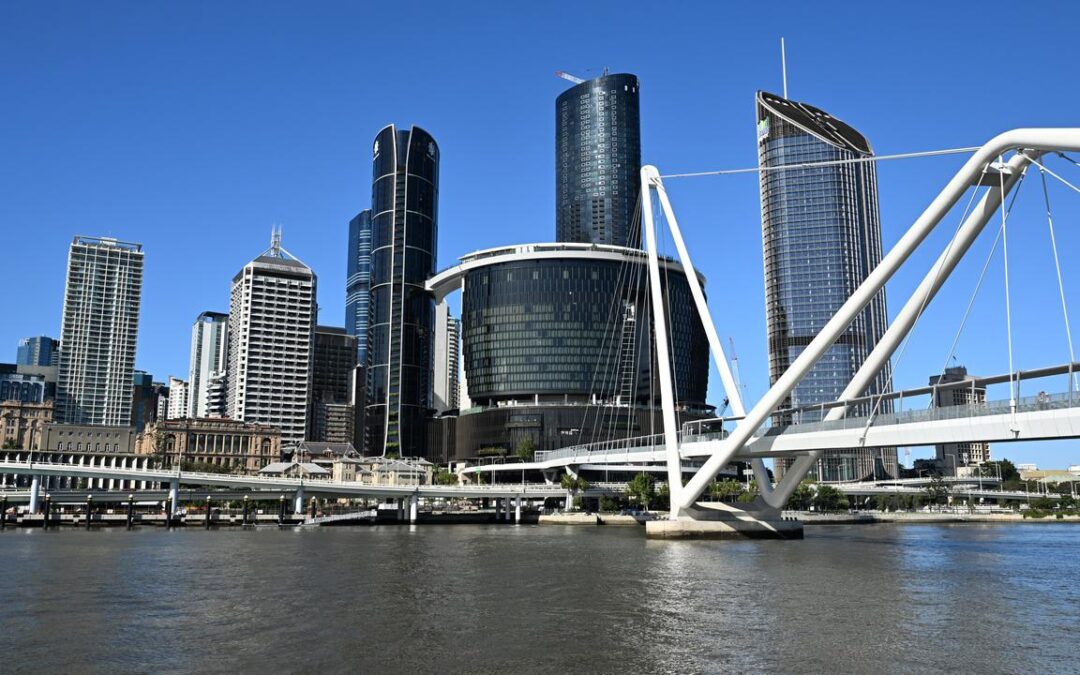
Star dealt losing hand as wharf precinct buyers fold
Star Entertainment Group is looking at alternative options for its half-stake in a newly opened Brisbane entertainment complex after failing to reach agreement on a sale it had been negotiating for months.
The embattled casino operator had since March been planning to sell its 50 per cent interest in the Queen’s Wharf Brisbane to its Hong Kong partners, which each hold a quarter-stake in the 12-hectare riverfront development.
The sale price was just $53 million, which the cash-strapped company preferred to sinking another $200 million into the $3.6 billion mega-project.
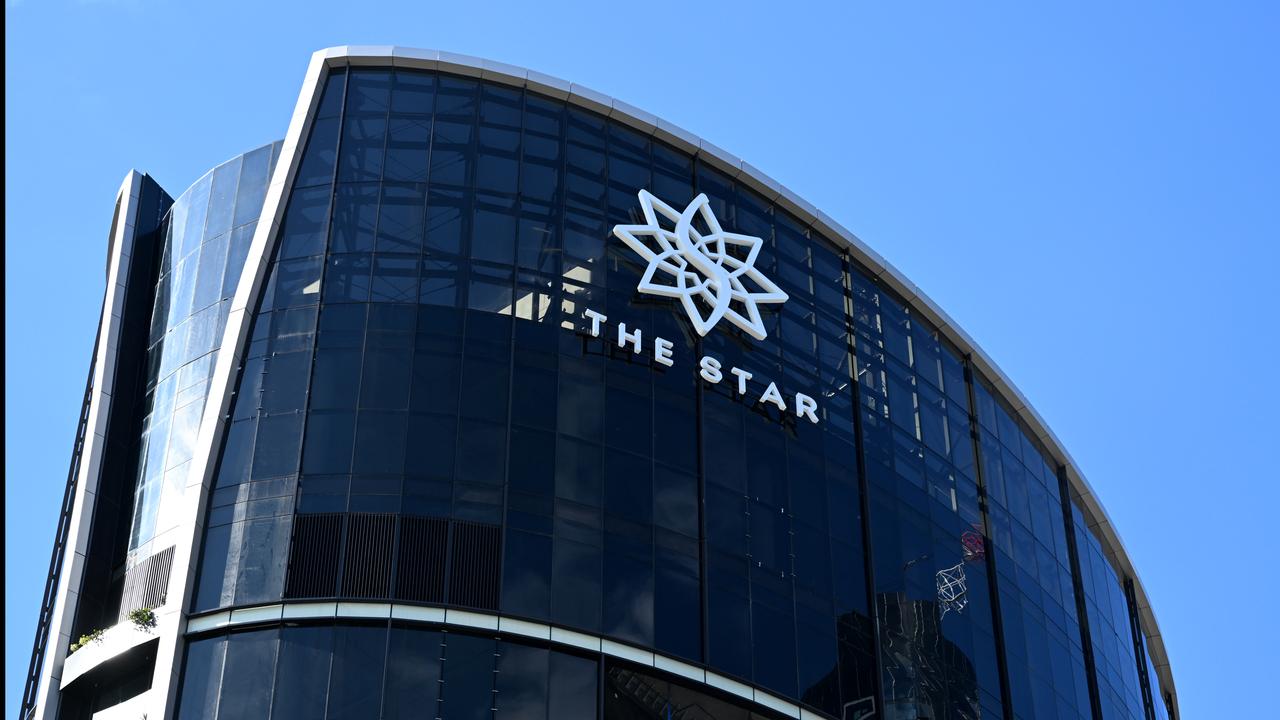
But Star said on Friday it had been unable to reach a final agreement on a number of commercial issues with Chow Tai Fook and Far East Consortium by Friday’s deadline.
It offered to extend their negotiating framework for another week, but the duo rejected that offer and walked away.
That means Star has until next Wednesday to repay Chow Tai Fook and Far East Consortium a $10 million advance on the sale it received back in March, and until September 5 to repay another $31 million.
Star had $234 million in available cash as of June 30, but in the June quarter it burnt through $9 million a month.

It may lose even more money once stricter limits on wagering with cash come into effect at the Star Sydney later in August.
The limit will fall from $5,000 to $1,000 on August 19, unless NSW regulators agree to a delay.
Star could also be required to sink more money into the Queen’s Wharf development, beyond the $200 million it is estimated to be on the hook for, once the project’s current debt facility expires in December.
Close to midday Star shares were down 2.3 per cent to 10.75 cents.
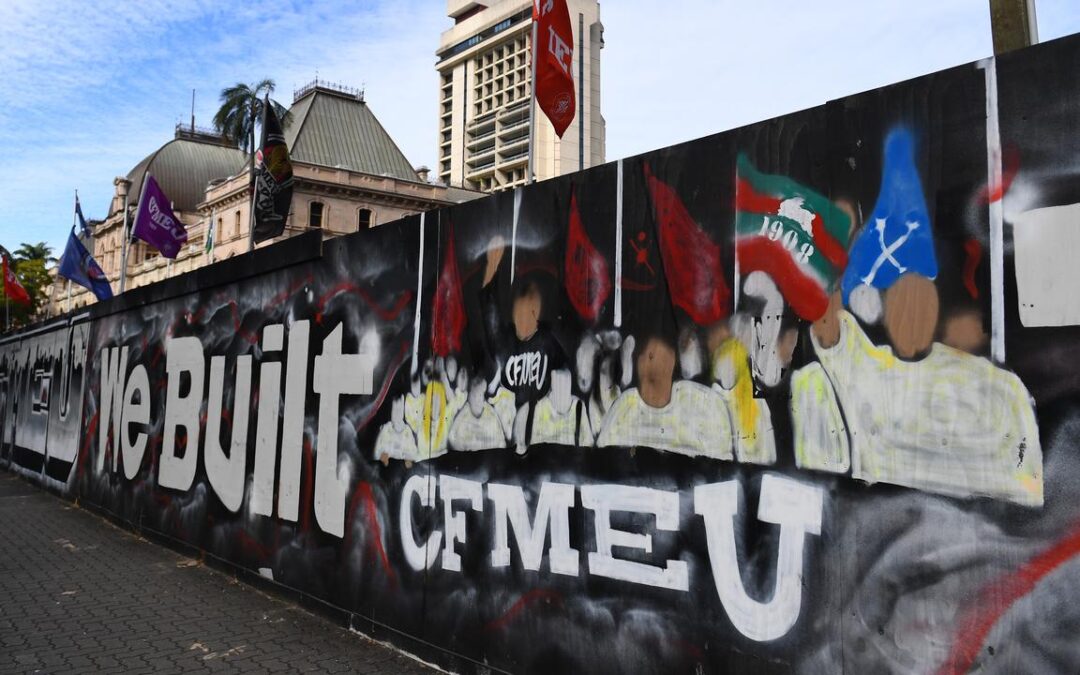
Year-long inquiry into CFMEU ‘thuggery’ begins
A commission of inquiry probing allegations of a criminal underbelly and intimidation tactics in the CFMEU has begun after a report revealed the union’s unwavering pursuit of political and financial power.
Queensland’s 12-month commission of inquiry into the construction union began on Friday, helmed by experienced industrial relations lawyer Stuart Wood KC.
The inquiry was launched after a damning report revealed serious allegations of “thuggery” in the Queensland branch, detailing occasions of union members calling safety inspectors “f***ing dogs”, intimidating women and children.

Bob Gee, who is taking leave from his role as director-general of the Youth Justice Department, will act as secretary in the inquiry.
Mr Wood will have the power to compel witnesses to give evidence and documents to be tabled to the inquiry, as well as protecting victims and whistleblowers.
“All Queenslanders deserve workplaces that are safe, respectful and operate within the framework of the law,” Mr Wood said on Friday when the inquiry began.
Deputy Premier Jarrod Bleijie denied claims that Mr Wood’s alleged links to the Liberal National Party as a member would hinder his role, saying there was no better qualified for the role.
“He has to do his job independently, impartially and fairly,” he told reporters on Friday.
The CFMEU was placed into administration nationwide last August amid claims bikie and organised crime figures had infiltrated the organisation.
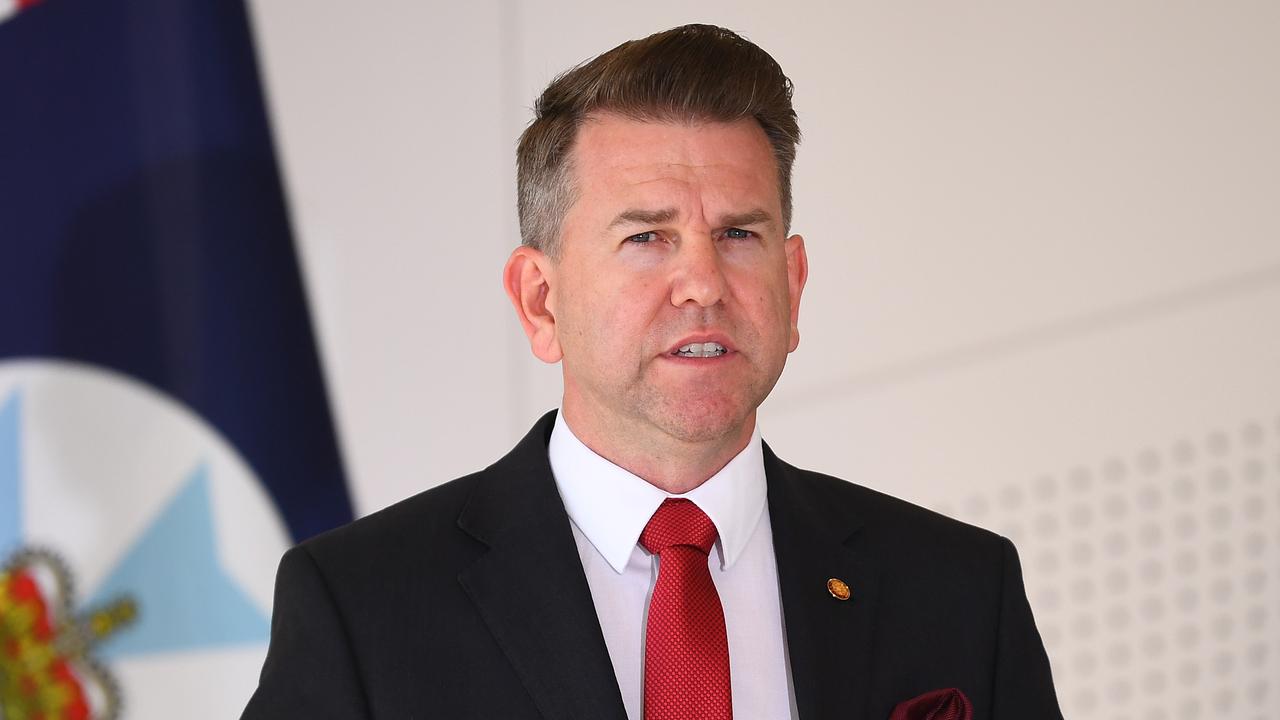
But a report by barrister Geoffrey Watson, a former counsel assisting for NSW’s Independent Commission Against Corruption, uncovered serious claims of abuse and intimidation in the Queensland branch.
Mr Watson found details that scratched the surface of the CFMEU’s “relentless” pursuit of political, industrial and financial power.
It was revealed that the CFMEU in Queensland was willing to “crush” anyone who opposed its aims and there was an “obstinate refusal” from some witnesses to provide evidence.
The inquiry has broad terms of reference, looking at instances of misconduct making workplaces unsafe for women and the systemic nature of misbehaviour by current and former CFMEU leadership figures.
It will also probe the involvement of organised crime within the CFMEU and the broader construction industry and irregularities in financial dealings by the union.

A financial audit by investigator KordaMentha in June uncovered the Queensland branch had a $272,946 “unexplained variance” between the cash balance and bank statement.
It found CFMEUQ paid $5.5 million to suppliers in August 2024 but this is inconsistent with the monthly profit and loss statements that show expenses totalled $1.5 million.
The inquiry is also set to investigate the impact of misconduct on Queensland’s economy and construction of housing and transport infrastructure, including the Bruce Highway, Gold Coast Light Rail, Cross River Rail and Centenary Bridge.
Mr Bleijie said 12 months was enough time for the inquiry to investigate matters under its terms of reference.
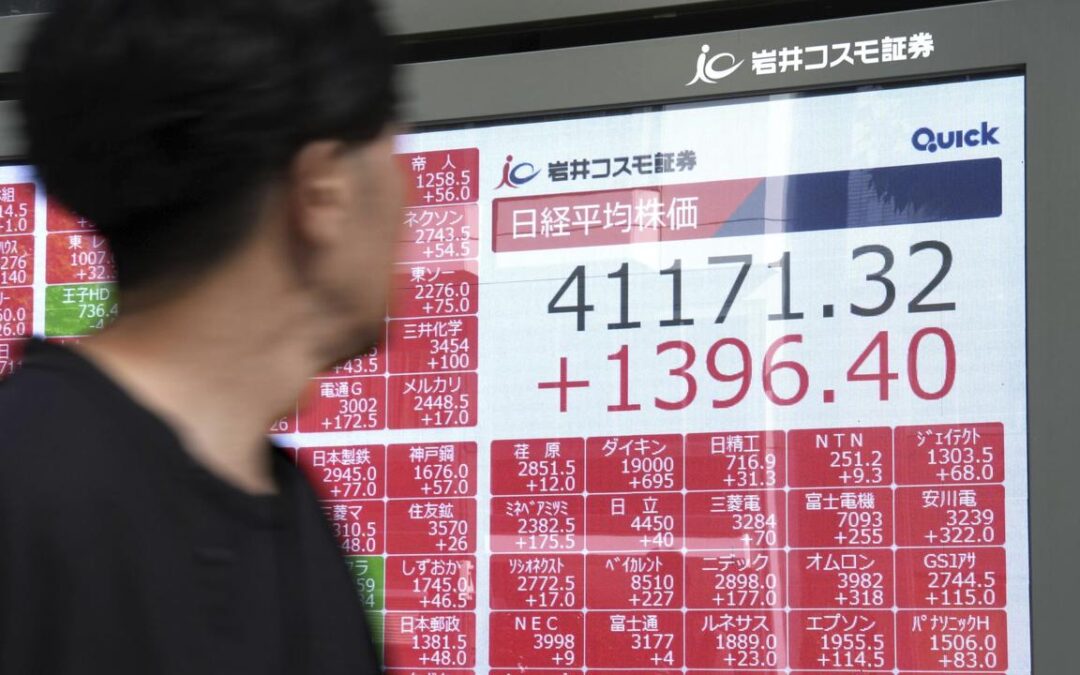
Asia shares fall as US unleashes fresh tariffs
Asian shares fell on Friday after the US slapped dozens of trading partners with steep tariffs, while investors anxiously await US jobs data that could make or break the case for a Fed rate cut next month.
Late on Thursday, President Donald Trump signed an executive order imposing tariffs ranging from 10 per cent to 41 per cent on US imports from dozens of countries and foreign locations. Rates were set at 25 per cent for India’s US-bound exports, 20 per cent for Taiwan’s, 19 per cent for Thailand’s and 15 per cent for South Korea’s.
He also increased duties on Canadian goods to 35 per cent from 25 per cent for all products not covered by the US-Mexico-Canada trade agreement, but gave Mexico a 90-day reprieve from higher tariffs to negotiate a broader trade deal.
“At this point, the reaction in markets has been modest, and I think part of the reason for that is the recent trade deals with the EU, Japan, and South Korea have certainly helped to cushion the impact,” said Tony Sycamore, analyst at IG.
“After being obviously caught on the wrong foot in April, the market now, I think, has probably taken the view that these trade tariff levels can be renegotiated, can be walked lower over the course of time.”
MSCI’s broadest index of Asia-Pacific shares outside Japan fell 0.4 per cent, bringing the total loss this week to 1.5 per cent. South Korea’s KOSPI tumbled 1.6 per cent while Japan’s Nikkei dropped 0.6 per cent.
EUROSTOXX 50 futures dropped 0.5 per cent. Nasdaq futures fell 0.5 per cent while S&P 500 futures slipped 0.3 per cent after earnings from Amazon failed to live up to lofty expectations, sending its shares tumbling 6.6 per cent after hours.
Apple, meanwhile, forecast revenue well above Wall Street’s estimates, following strong June-quarter results supported by customers buying iPhones early to avoid tariffs. Its shares were up 2.4 per cent after hours.
Overnight, Wall Street failed to hold onto an earlier rally. Data showed inflation picked up in June, with new tariffs pushing prices higher and stoking expectations that price pressures could intensify, while weekly initial jobless claims signalled the labour market remained on a stable footing.
Fed funds futures imply just a 39 per cent chance of a rate cut in September, compared with 65 per cent before the Federal Reserve held rates steady on Wednesday, according to the CME’s FedWatch.
Much now will depend on the US jobs data due later in the day and any upside surprise could lower the chance for a cut next month. Forecasts are centred on a rise of 110,000 in July, while the jobless rate likely ticked up to 4.2 per cent from 4.1 per cent.
The greenback has found support from fading prospects of imminent US rate cuts, with the dollar index up 2.4 per cent this week against its peers to 100, the highest level in two months. That is its biggest weekly rise since late 2022.
The Canadian dollar was little impacted by the tariff news, having already fallen about 1.0 per cent this week to a 10-week low.
The yen was the biggest loser overnight, with the dollar up 0.8 per cent to 150.7 yen, the highest since late March. The Bank of Japan held interest rates steady on Thursday and revised up its near-term inflation expectation but Governor Kazuo Ueda sounded a little dovish.
Treasuries were largely steady on Friday. Benchmark 10-year US Treasury yields ticked up one basis point to 4.374 per cent, after slipping two bps overnight.
In commodity markets, oil prices were steady after falling 1.0 per cent overnight. US crude rose 0.1 per cent to $US69.36 ($A107.89) per barrel, while Brent was at $US71.84 ($A111.75) per barrel, up 0.2 per cent.
Spot gold prices were steady at $US3,288 ($A5,115) an ounce.
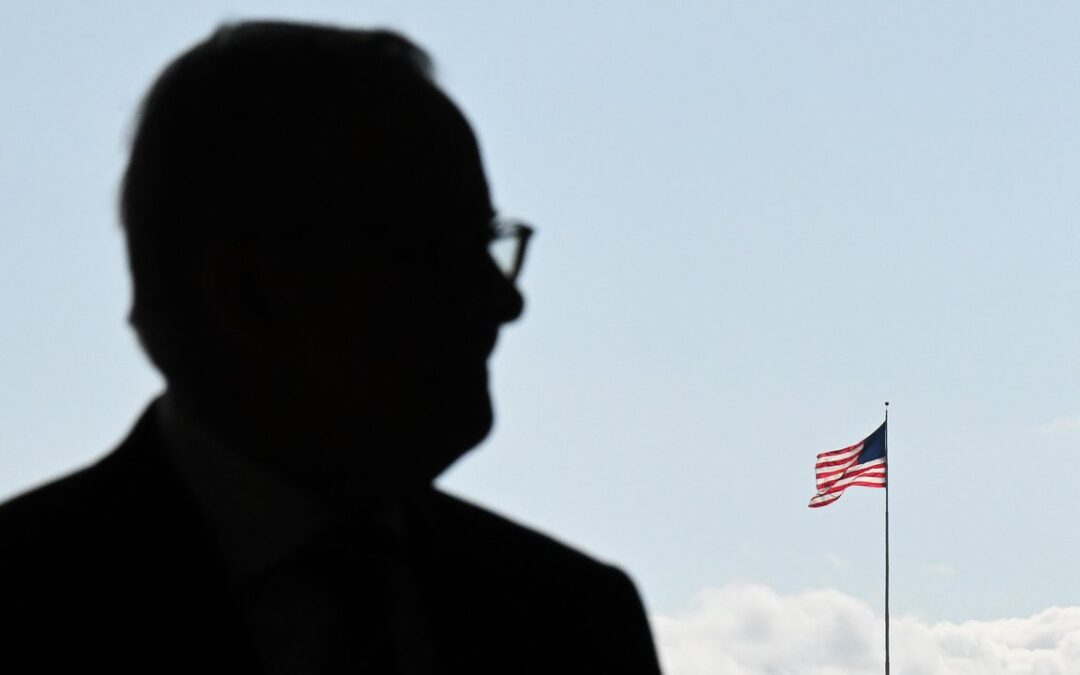
‘Best position’: Australia spared higher Trump tariffs
Australian officials have hailed being left in the “best possible position” after the nation’s US exports were spared from Donald’s Trump’s latest round of tariffs.
The White House confirmed tariffs on Australian exports would remain at the baseline rate of 10 per cent, quashing fears the levies could be doubled.
The Trump administration released details of country-specific tariff rates for dozens of nations only hours before its self-imposed deadline of August 1 was breached.

New Zealand goods will be subject to a greater 15 per cent tariff, as will US imports from Fiji and Papua New Guinea.
More punitive rates have been imposed on products from several major US trading partners, including Canada and India.
The new tariffs are due to come into effect on August 7.
A spokesman for Trade Minister Don Farrell said Australia would continue to press for the removal of tariffs.

“The White House has confirmed that no country has reciprocal tariffs lower than Australia,” the spokesman said on Friday.
“While we remain in the best possible position under the United States’ new tariff regime, we will continue to advocate for the removal of all tariffs in line with our free-trade agreement.”
In a statement, the White House said tariffs were increased on countries that failed to engage in negotiations with the United States or to take adequate steps to align sufficiently on economic and national security matters”.
The Albanese government recently wound back biosecurity restrictions on US beef imports, although ministers insisted the move was a coincidence and not in response to the tariffs.
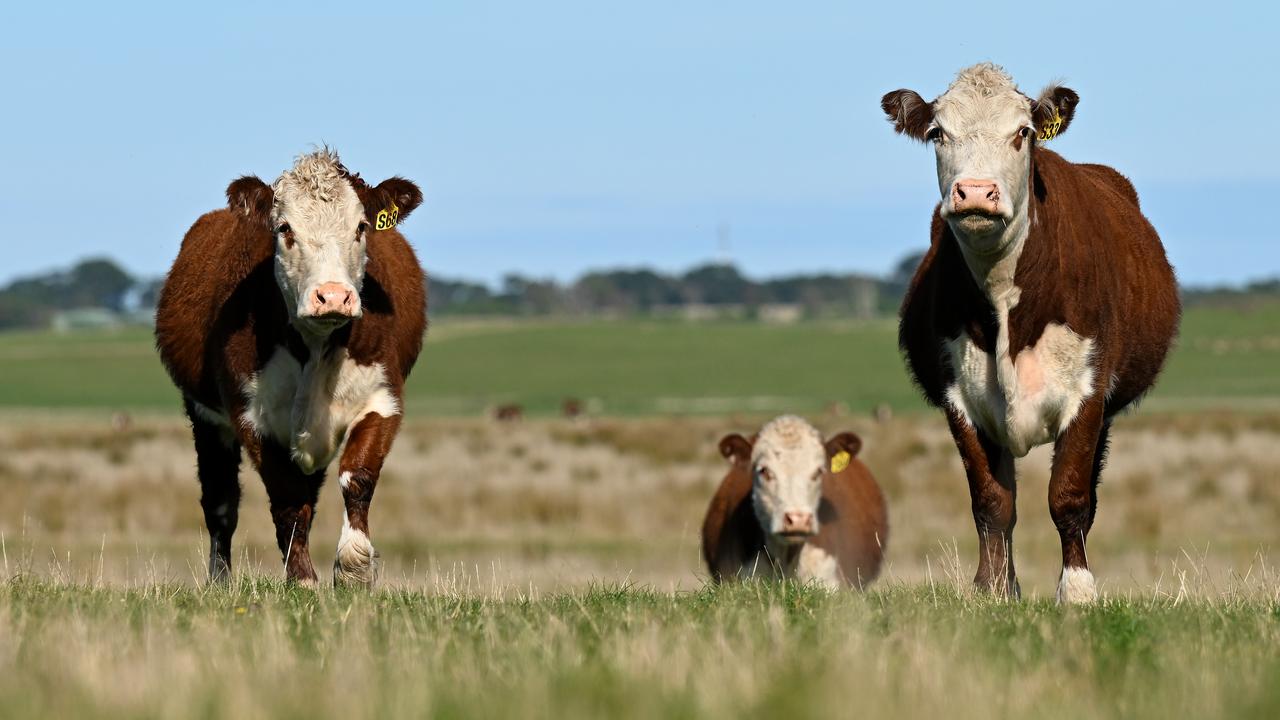
The US has complained to Australia about non-tariff trade barriers in place, including long-standing restrictions on beef following a prior outbreak of mad cow disease.
The US president has struck trade agreements with major partners such as Japan and the European Union after threatening them with punitive tariffs.
Australia has yet to sign a formal trade deal with the US following the introduction of the tariffs.
The coalition has also been placing pressure on the federal government to arrange a one-on-one meeting between Prime Minister Anthony Albanese and Mr Trump.
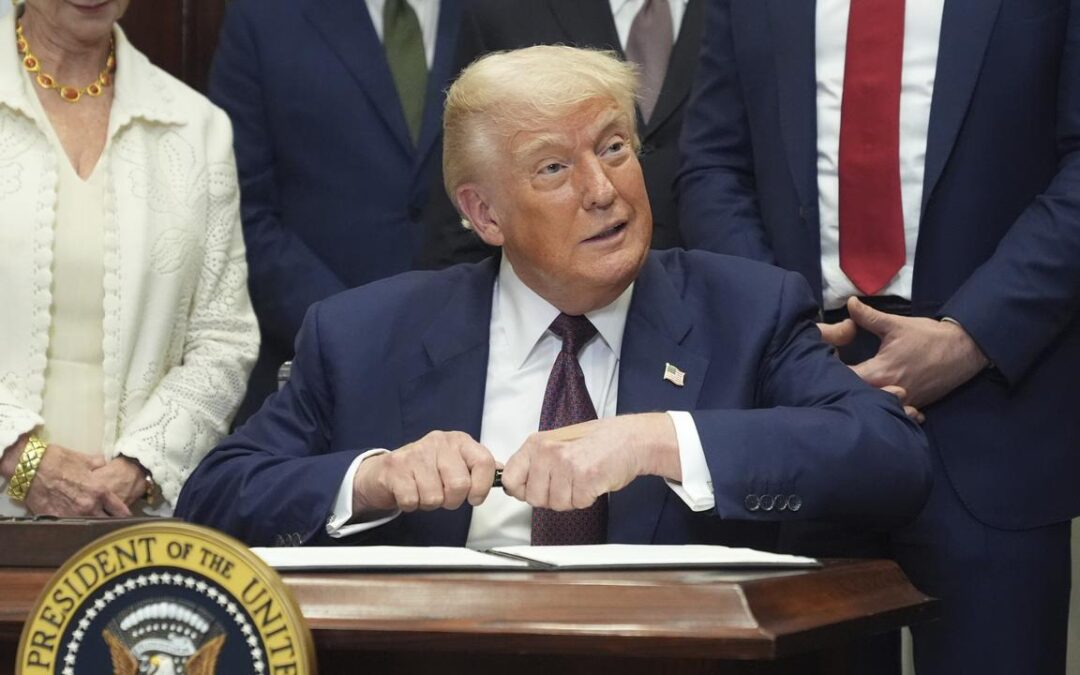
Trump hits dozens of countries with new tariffs
US President Donald Trump has signed an executive order that set new tariffs on a wide swath of US trading partners to go into effect on August 7 — the next step in his trade agenda that will test the global economy and sturdiness of American alliances built up over decades.
The order was issued shortly after 7pm on Thursday. It came after a flurry of tariff-related activity in the last several days, as the White House announced agreements with various nations and blocs ahead of the president’s self-imposed Friday deadline.
The tariffs are being implemented at a later date in order for the rates schedule to be harmonised, according to a senior administration official who spoke to reporters on a call on the condition of anonymity.
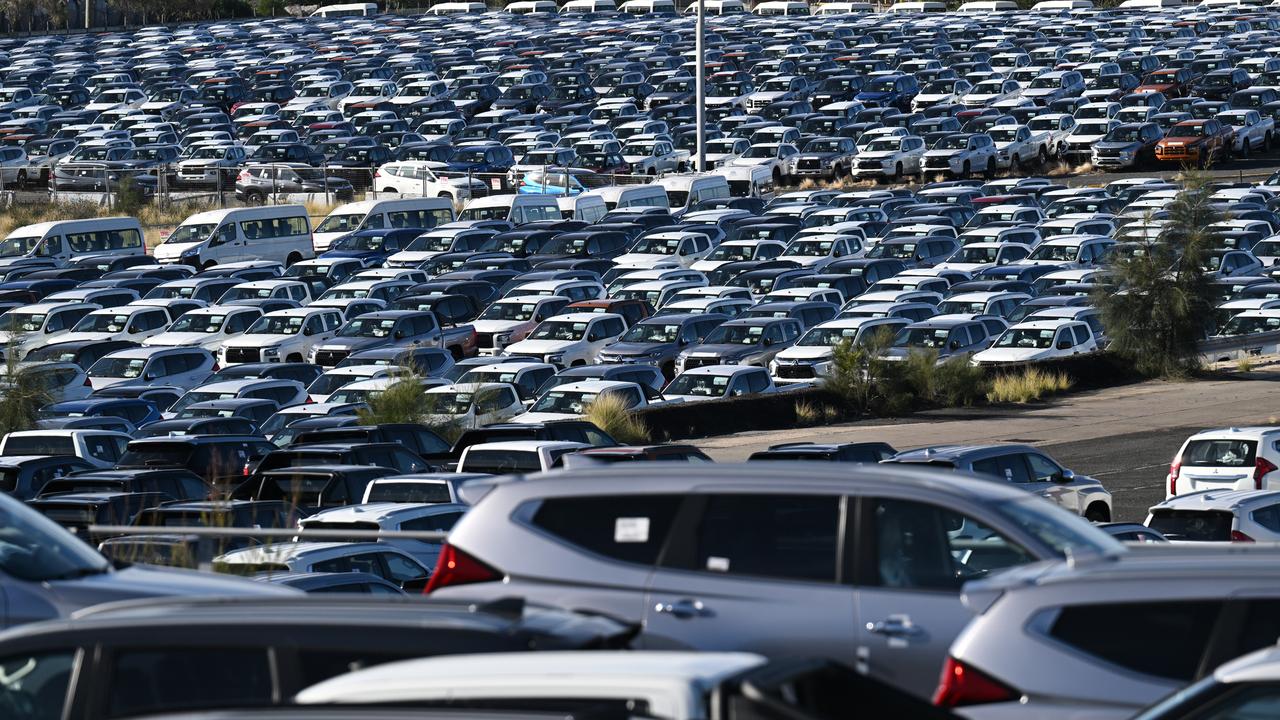
The order capped off a hectic Thursday as nations sought to continue negotiating with Trump. It set the rates for 68 countries and the 27-member European Union, with a baseline 10 per cent rate to be charged on countries not listed in the order. The senior administration official said the rates were based on trade imbalance with the US and regional economic profiles.
Australia is not included on the list and its products will continue to be subject to a baseline 10 per cent rate.
On Thursday morning, Trump engaged in a phone conversation with Mexican President Claudia Sheinbaum on trade. As a result of the conversation, the US president said he would enter into a 90-day negotiating period with Mexico, one of the nation’s largest trading partners, with the current 25 per cent tariff rates staying in place, down from the 30 per cent he had threatened earlier.
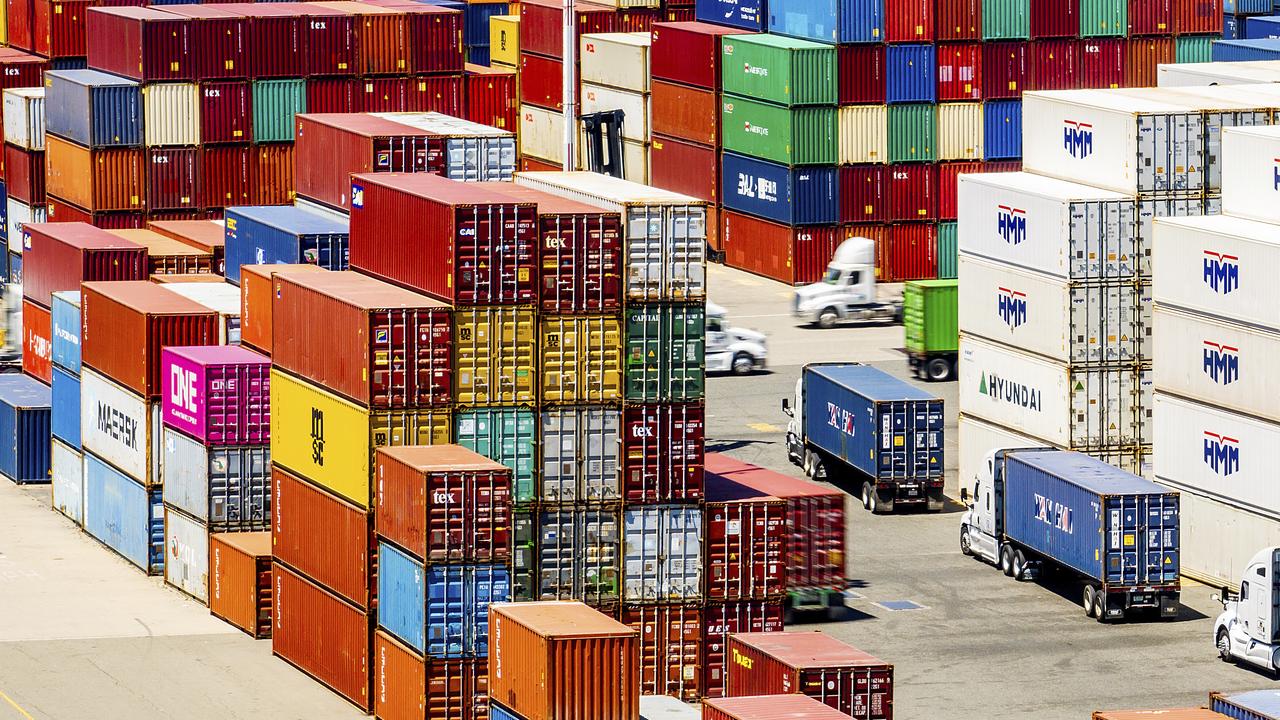
The unknowns created a sense of drama that has defined Trump’s rollout of tariffs over several months, with the one consistency being his desire to levy the import taxes that most economists say will ultimately be borne to some degree by US consumers and businesses.
“We have made a few deals today that are excellent deals for the country,” Trump told reporters on Thursday afternoon without detailing the terms of those agreements or nations involved. The senior administration official declined to reveal the nations that have new deals during the call with reporters.
Senate Democratic Leader Chuck Schumer slammed the new tariffs, calling Trumo’s trade war “an experiment in chaos, lies, and inflation”.
Trump said Canadian Prime Minister Mark Carney had called ahead of 35 per cent tariffs being imposed on many of his nation’s goods, but “we haven’t spoken to Canada today”.
Trump imposed the Friday deadline after his previous “Liberation Day” tariffs in April resulted in a stock market panic. His unusually high tariff rates unveiled in April led to recession fears, prompting Trump to impose a 90-day negotiating period. When he was unable to create enough trade deals with other countries, he extended the timeline and sent out letters to world leaders that simply listed rates, prompting a slew of hasty deals.
Trump reached a deal with South Korea on Wednesday, and earlier with the European Union, Japan, Indonesia and the Philippines. His commerce secretary, Howard Lutnick, said on Fox News Channel’s Hannity that there were agreements with Cambodia and Thailand after they had agreed to a ceasefire to their border conflict.
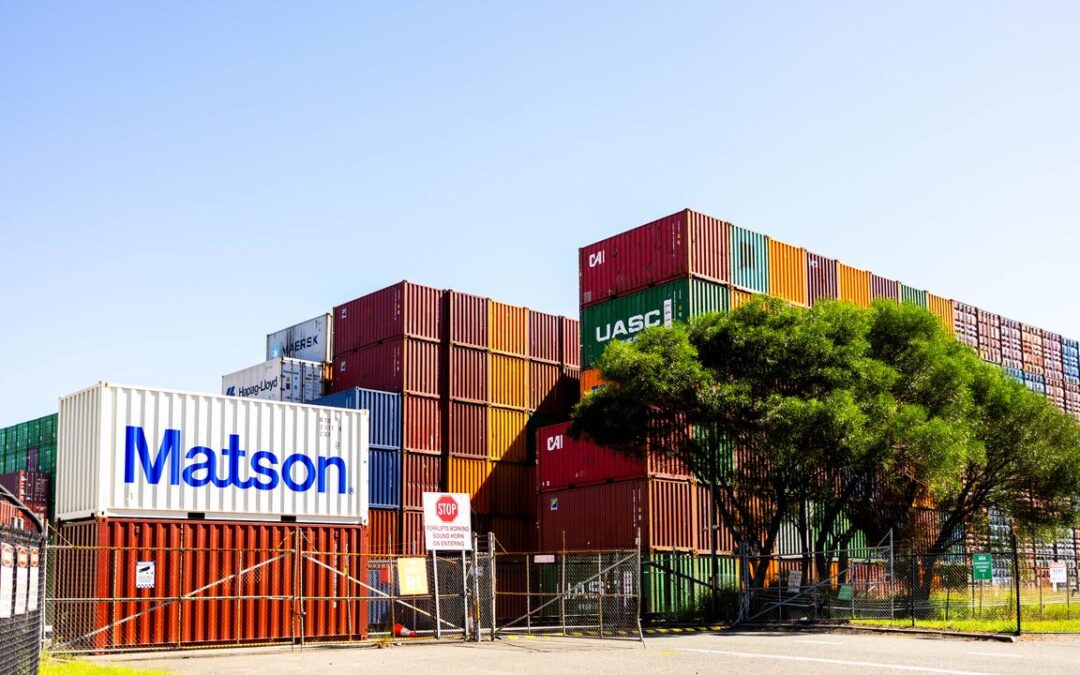
Australia spared from higher Trump tariffs
Australia will be spared from higher tariffs after the Trump administration announced new levies for dozens of countries.
The White House on Friday, Australian time, revealed the US president’s decision to hike import taxes for products from nations that “failed to engage in negotiations with the United States or to take adequate steps to align sufficiently on economic and national security matters”.
Australia is not included on the list and its products will continue to be subject to a baseline 10 per cent tariff rate.
New Zealand imports will be subject to a greater 15 per cent tariff, while more punitive rates have been imposed on products from other nations including Canada.
The Albanese government recently wound back biosecurity restrictions on US beef imports, although ministers insisted the move was a coincidence and not in response to the tariffs.
Washington has complained to Australia about non-tariff trade barriers in place, including long-standing restrictions on beef following a prior outbreak of mad cow disease.
The US president has struck trade agreements with major partners such as Japan and the European Union after threatening them with punitive tariffs.

Amazon reports solid 2Q results despite Trump tariffs
Amazon has posted higher fiscal second-quarter profit and sales, helped by its four-day sales event in July and underscoring its resilience despite tariff uncertainty.
The Seattle-based company also offered on Thursday a sales outlook for the current quarter that beat analysts’ projections.
Still, it shares fell 3.0 per cent in after-market trading.
The company also reported 17.5 per cent growth for its prominent cloud computing arm Amazon Web Services.
The results come even as uncertainty about US President Donald Trump’s tariffs have challenged companies and consumers. But Amazon and other large retailers have tried to beat the clock by bringing in foreign goods before Trump’s tariffs took effect. Amazon, like many other big retailers, has the clout to negotiate prices with its suppliers.
Meanwhile, Amazon is one of the biggest players in the race around generative artificial intelligence.
Like other tech companies, it has increased investments in the technology and is spending billions to expand data centres that power AI and cloud computing. The company is also investing in its own computer chips and those developed by Nvidia. It has also expanded its own AI models and integrated generative AI into other parts of its business.
In March Amazon began testing AI-aided dubbing for select movies and shows offered on its Prime streaming service. A month earlier, the company rolled out a generative-AI infused Alexa.
Company CEO Andy Jassy anticipates generative AI will also allow Amazon to reduce its corporate workforce in the next few years.
Amazon earned $US18.16 billion ($A28.21 billion), or $US1.68 ($A2.61) per share, for the quarter ended June 30. That’s up from $US13.49 billion ($A20.96 billion), or $US1.26 ($A1.96) per share, in the year-ago period.
Revenue rose to $US167.7 billion ($A260.5 billion) from $US147.9 billion ($A229.8 billion) a year ago.
The company’s sales were helped by Amazon’s Prime event amid tariff-related price worries. For the first time, Amazon held Prime Day over four days instead of two.
Analysts expected earnings per share of $US1.33 ($A2.07) on sales of $US162.19 billion ($A251.97 billion) for the quarter, according to FactSet.
The company said it expects sales for the current quarter of between $US174 billion ($A270 billion) and $US179.5 billion ($A278.9 billion). Analysts expected $US173.27 billion ($A269.18 billion) for the current quarter, according to FactSet.
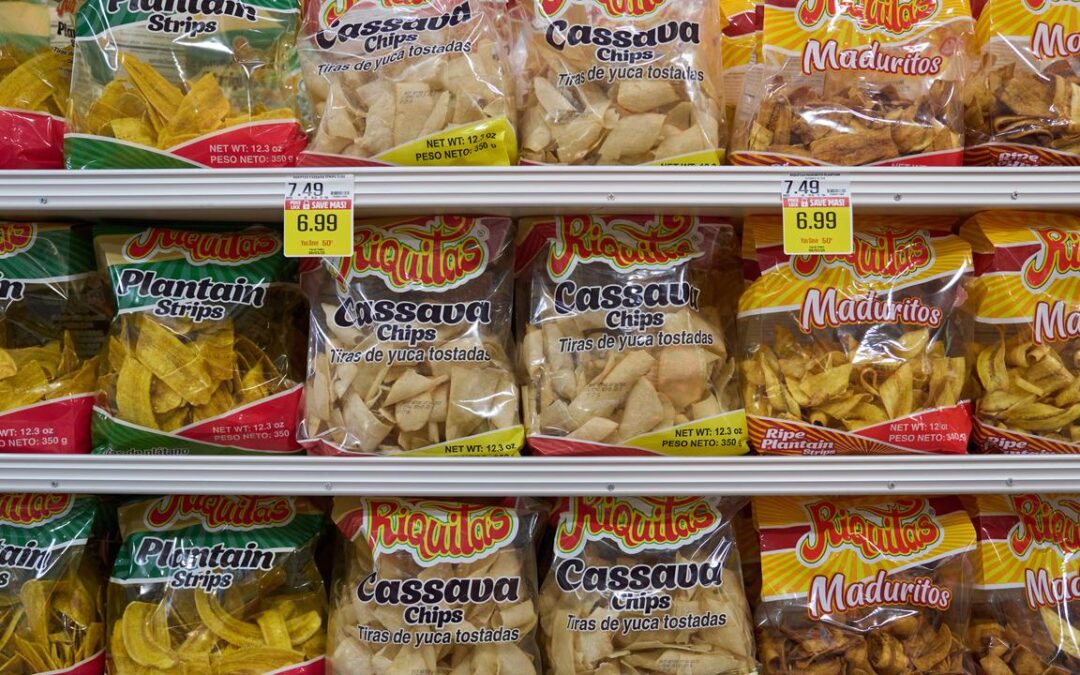
Trump gives Mexico 90-day tariff reprieve
US President Donald Trump gave Mexico a 90-day reprieve from higher tariffs to negotiate a broader trade deal but was expected to issue higher final duty rates for most other countries as the clock wound down on his Friday deal deadline.
The extension, which avoids a 30 per cent tariff on most Mexican non-automotive and non-metal goods compliant with the US-Mexico-Canada Agreement on trade, came after a Thursday morning call between Trump and Mexican President Claudia Sheinbaum.
“We avoided the tariff increase announced for tomorrow,” Sheinbaum wrote in an X social media post, adding that the Trump call was “very good.”
Approximately 85 per cent of Mexican exports comply with the rules of origin outlined in the USMCA, shielding them from 25 per cent tariffs related to fentanyl, according to Mexico’s economy ministry.
Trump said that the US would continue to levy a 50 per cent tariff on Mexican steel, aluminium and copper and a 25 per cent tariff on Mexican autos and on non-USMCA-compliant goods subject to tariffs related to the US fentanyl crisis.
“Additionally, Mexico has agreed to immediately terminate its Non Tariff Trade Barriers, of which there were many,” Trump said in a Truth Social post without providing details.
Trump is expected to issue tariff rate proclamations later on Thursday for countries that have not struck trade deals by a 12:01am (local time) deadline.
“The rest of those countries that either do not have a deal or have a letter, they will be hearing from this administration by the midnight deadline tonight,” White House press secretary Karoline Leavitt told a news conference.
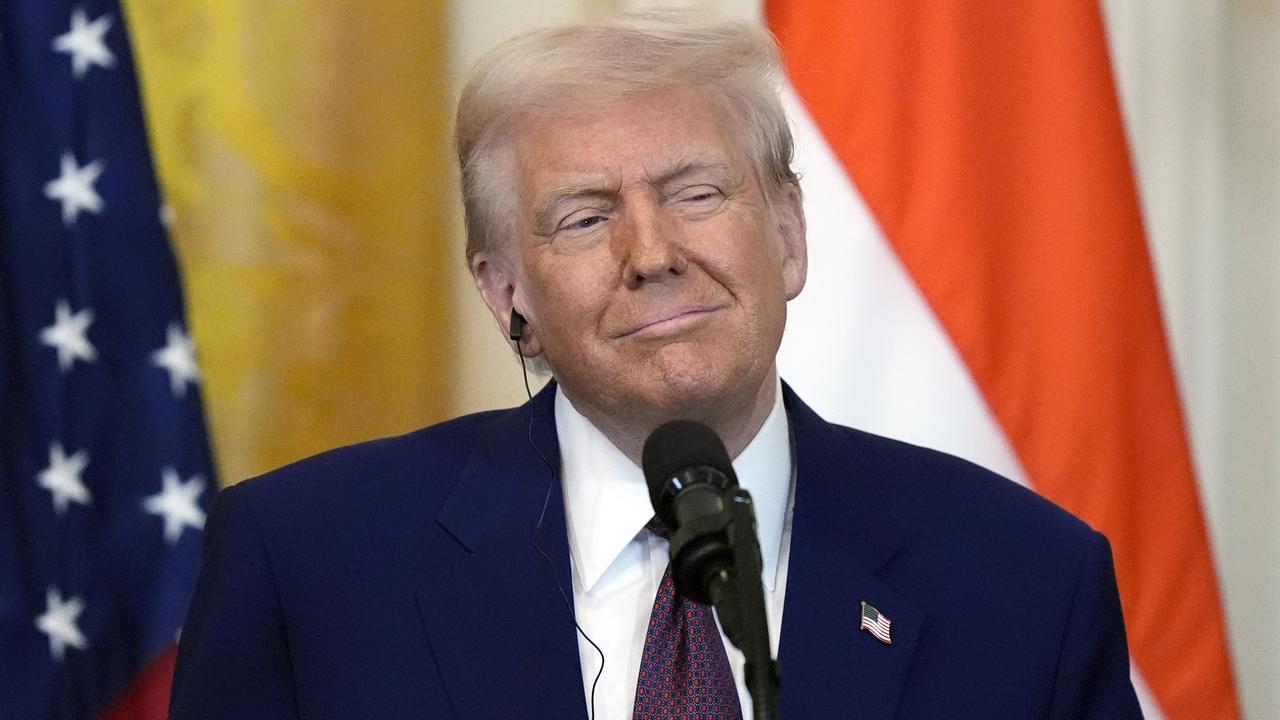
She said there could still be some deals cut before the deadline, adding: “I do know foreign leaders are ringing his phone realising this deadline is a real thing for them tomorrow, and they’re bringing offers to the table.”
South Korea agreed on Wednesday to accept a 15 per cent tariff on its exports to the US, including autos, down from a threatened 25 per cent, as part of a deal that includes a pledge to invest $US350 billion ($A544 billion) in US projects to be chosen by Trump.
But goods from India appeared to be headed for a 25 per cent tariff after talks bogged down over access to India’s agriculture sector, drawing a higher-rate threat from Trump that also included an unspecified penalty for India’s purchases of Russian oil.
Although negotiations with India were continuing, New Delhi vowed to protect the country’s labour-intensive farm sector, triggering outrage from the opposition party and a slump in the rupee.
Trump’s rollout of higher import taxees on Friday will come amid more evidence they have begun driving up consumer goods prices.
Commerce Department data released Thursday showed prices for home furnishings and durable household equipment jumped 1.3 per cent in June, the biggest gain since March 2022, after increasing 0.6 per cent in May. Recreational goods and vehicles prices shot up 0.9 per cent, the most since February 2024, after being unchanged in May. Prices for clothing and footwear rose 0.4 per cent.
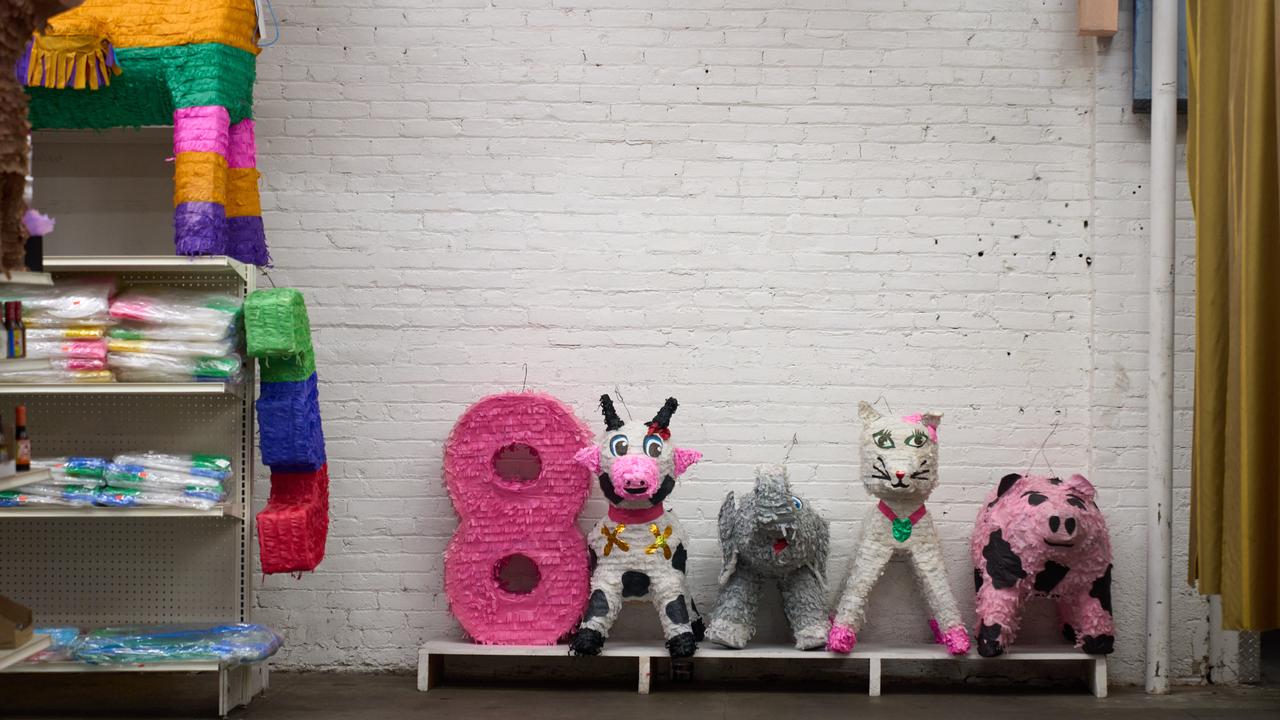
Trump hit Brazil on Wednesday with a steep 50 per cent tariff as he escalated his fight with Latin America’s largest economy over its prosecution of his friend and former President Jair Bolsonaro, but softened the blow by excluding sectors such as aircraft, energy and orange juice from heavier levies.
The run-up to Trump’s tariff deadline was unfolding as federal appeals court judges sharply questioned Trump’s use of a sweeping emergency powers law to justify his sweeping tariffs of up to 50 per cent on nearly all trading partners.
Trump invoked the 1977 International Emergency Economic Powers Act to declare an emergency over the growing US trade deficit and impose his “reciprocal” tariffs and a separate fentanyl emergency.

Vatican to become the world first carbon-neutral state
Italy has agreed to a Vatican plan to turn a 430-hectare field north of Rome, once the source of controversy between the two, into a vast solar farm that the Holy See hopes will generate enough electricity to meet its needs and turn Vatican City into the world’s first carbon-neutral state.
The agreement announced on Thursday stipulates that the development of the Santa Maria Galeria site will preserve the agricultural use of the land and minimise the environmental impact on the territory, according to a Vatican statement.
Details weren’t released, but the Vatican will be exempt from paying Italian taxes to import the solar panels, but won’t benefit from the financial incentives that Italians enjoy when they go solar.
Italy, for its part, can use the field in its accounting for reaching European Union clean energy targets. Any excess electricity generated by the farm beyond the Vatican’s needs would be given to the local community, officials said, speaking on condition of anonymity because the agreement was not public.
Vatican officials have estimated it will cost under 100 million euros ($A177 million) to develop the solar farm, and that once it is approved by the Italian parliament, the contracts to do the work could be put up for bids.
Vatican foreign minister Archbishop Paul Gallagher signed the agreement with Italy’s ambassador to the Holy See, Francesco Di Nitto. The Italian parliament must approve the arrangement since it has financial implications for the territory, which holds extraterritorial status in Italy.
The Santa Maria Galeria site has long been the source of controversy because of electromagnetic waves emitted by Vatican Radio towers located there since the 1950s. The once-rural site some 35km north of Rome is dominated by two dozen short- and medium-wave radio antennae that transmit news from the Catholic Church in dozens of languages around the globe.
Over the years as the area became more developed, residents began complaining of health problems, including instances of childhood leukemia which they blamed on the electromagnetic waves generated by the towers. The Vatican denied there was any causal link but cut back the transmissions.
Pope Francis last year asked the Vatican to study developing the area into a vast solar farm, hoping to put into practice his preaching about the need to transition away from fossil fuels and find clean, carbon-neutral energy sources.
Pope Leo XIV visited the site in June and affirmed that he intended to see Francis’ vision through. Leo has strongly taken up Francis’ ecological mantle, recently using a new set of prayers and readings inspired by Pope Francis’ environmental legacy.
In the 1990s at the height of the controversy over the radio towers, residents sued Vatican Radio officials, claiming the emissions exceeded the Italian legal limit, but the court cleared the transmitter. In 2012, the Vatican announced it was cutting in half the hours of transmission from the site, not because of health concerns but because of cost-saving technological advances in internet broadcasting.
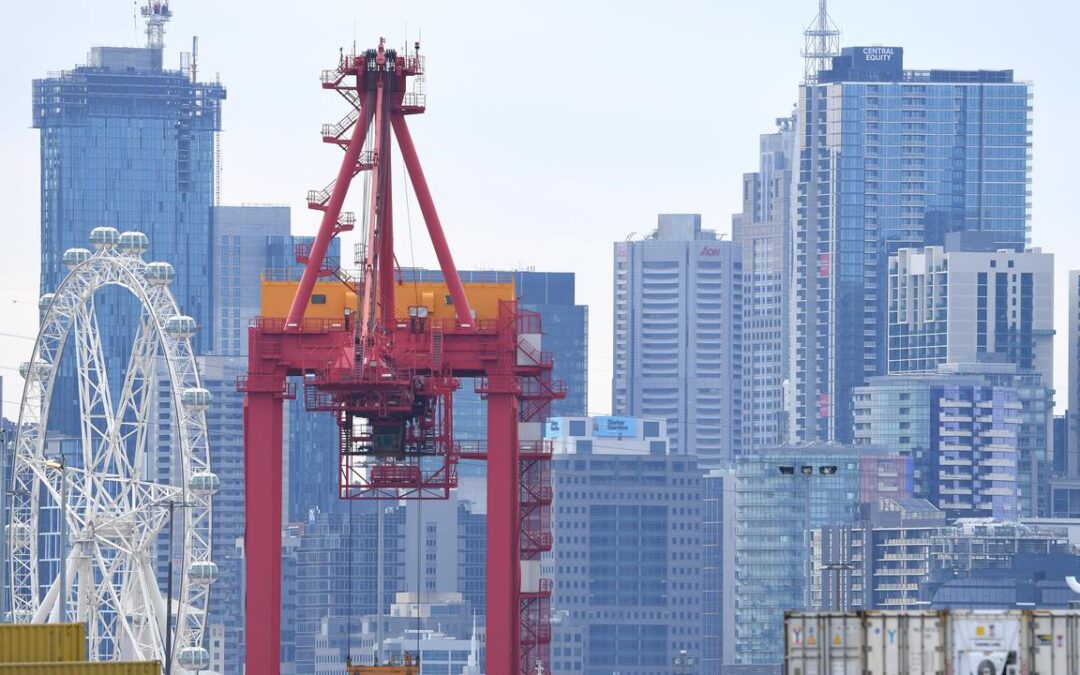
Business tax overhaul on wishlist of productivity tsar
Australia should cut taxes for small businesses and implement a new tax that allows immediate investment deductions, the Productivity Commission says, laying the groundwork for the government’s economic roundtable.
The proposal to cut the corporate income tax rate for business earning less than $1 billion to 20 per cent and introduce a five per cent cashflow tax would boost Australia’s economy by $14 billion without worsening budget sustainability, the commission said in a report.
This would help lift the nation’s floundering labour productivity by 0.4 per cent.
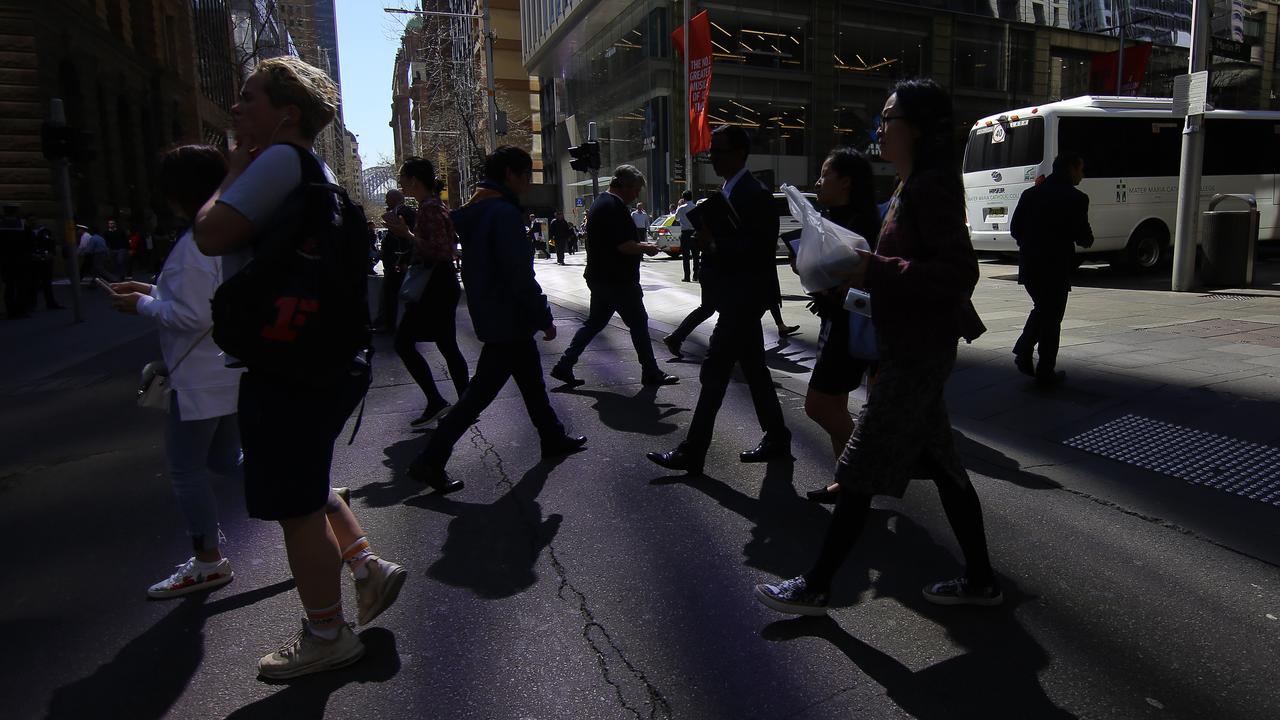
Combined, the measures would incentivise investment in the economy by $8 billion.
Declining business investment has caused productivity growth to fall to less than a quarter of its 60-year average over the past decade, the commission’s deputy chair Alex Robson said.
“If we don’t get our economy moving again, today’s children could be the first generation to not be better off than their parents,” he warned.
“We need to spark growth through investment and competition – the best way to do that is to reform our company tax system.”
Businesses with annual revenue under $50 million pay a 25 per cent corporate tax rate while larger firms pay the full 30 per cent tax rate.
Under the commission’s proposal, businesses over $1 billion in revenue would continue to be taxed at 30 per cent.
A net cashflow tax of five per cent would also allow companies to instantly depreciate the full value of investments, incentivising companies to invest in more productivity-boosting capital.
The commission said it could be expanded over time if successful.
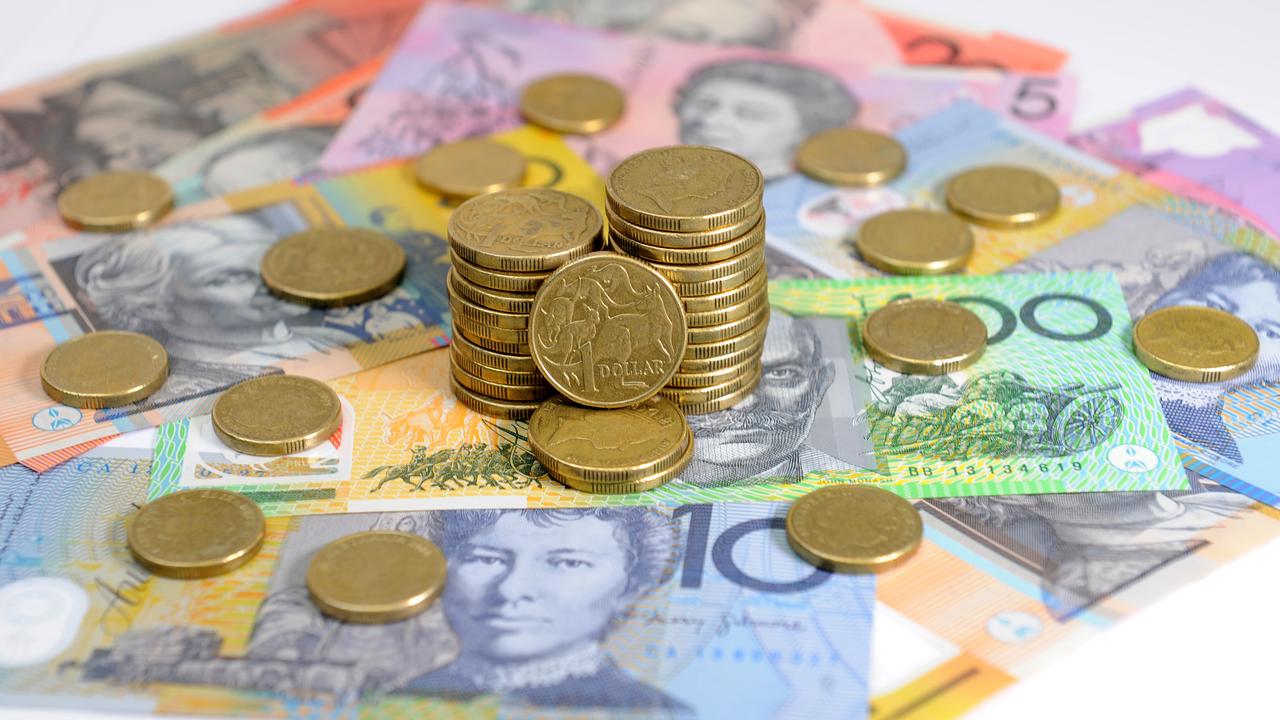
A cashflow tax has previously been championed by Labor-aligned economists including Ross Garnaut and Craig Emerson.
At a tax roundtable hosted by Independent MP Allegra Spender last week, former Treasury secretary Ken Henry said Australia would eventually have to move to a cashflow tax, but it would be a very big step.
ANU tax policy expert Viva Hammer said implementing a comprehensive cash flow tax had one huge problem – transitioning from the current system.
“The people who are going to invest will have a completely different treatment for the people who’ve already invested. What do you do with the existing investments?” she told the roundtable.
“It’s a tremendous change in the way you tax the country. So any tremendous change is going to have tremendous winners and tremendous losers.”
The commission also urged Treasurer Jim Chalmers to make a clear commitment to reduce the regulatory burden on businesses, while forcing regulators to consider the impact of their actions on economic growth.
“You need so many licences and approvals from different levels of government to start a cafe in Brisbane that the City Council introduced a check list with up to 31 steps to guide people through the process,” commissioner Barry Sterland said.
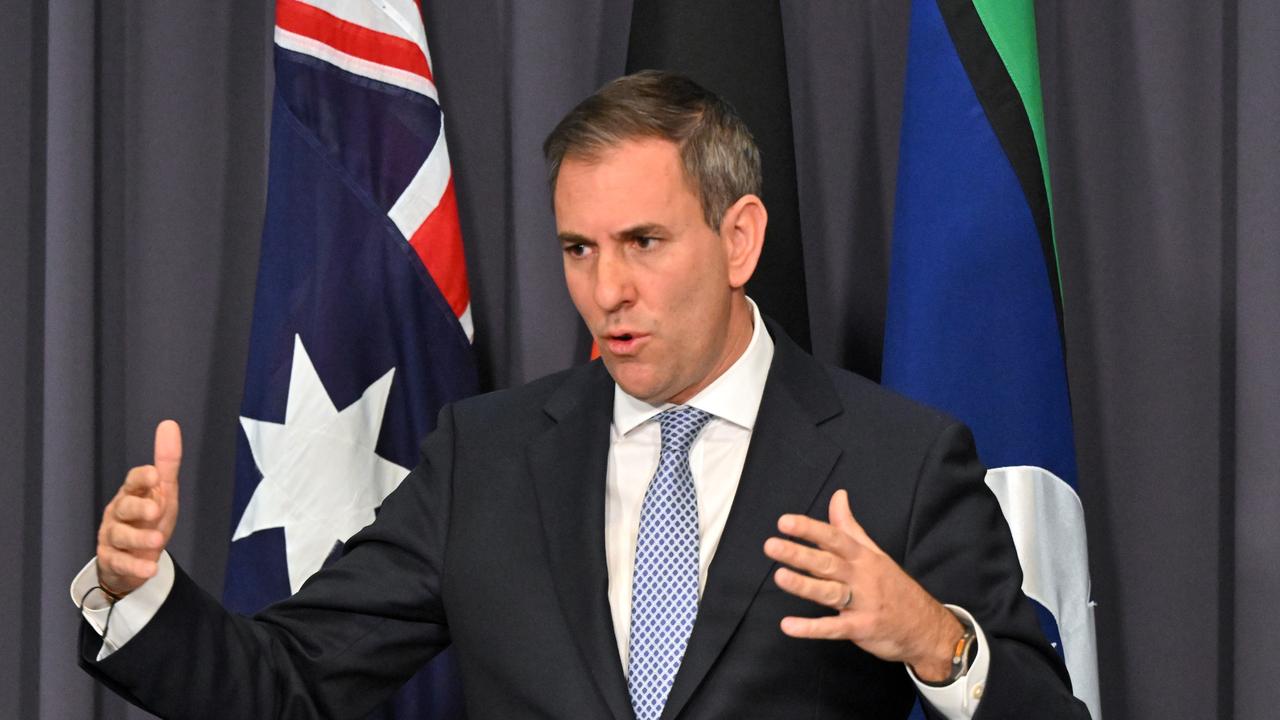
The report’s release came as the treasurer released a schedule for his economic roundtable, which kicks off on August 19.
Day one of the three-day summit will open with addresses by Prime Minister Anthony Albanese, Dr Chalmers and Reserve Bank governor Michele Bullock.
Productivity Commission chair Danielle Wood, Treasury secretary Jenny Wilkinson and Grattan Institute chief executive Aruna Sathanapally will also present to the roundtable.
Among the topics to be discussed are better regulation, tax reform, artificial intelligence, boosting business investment and attracting skills.